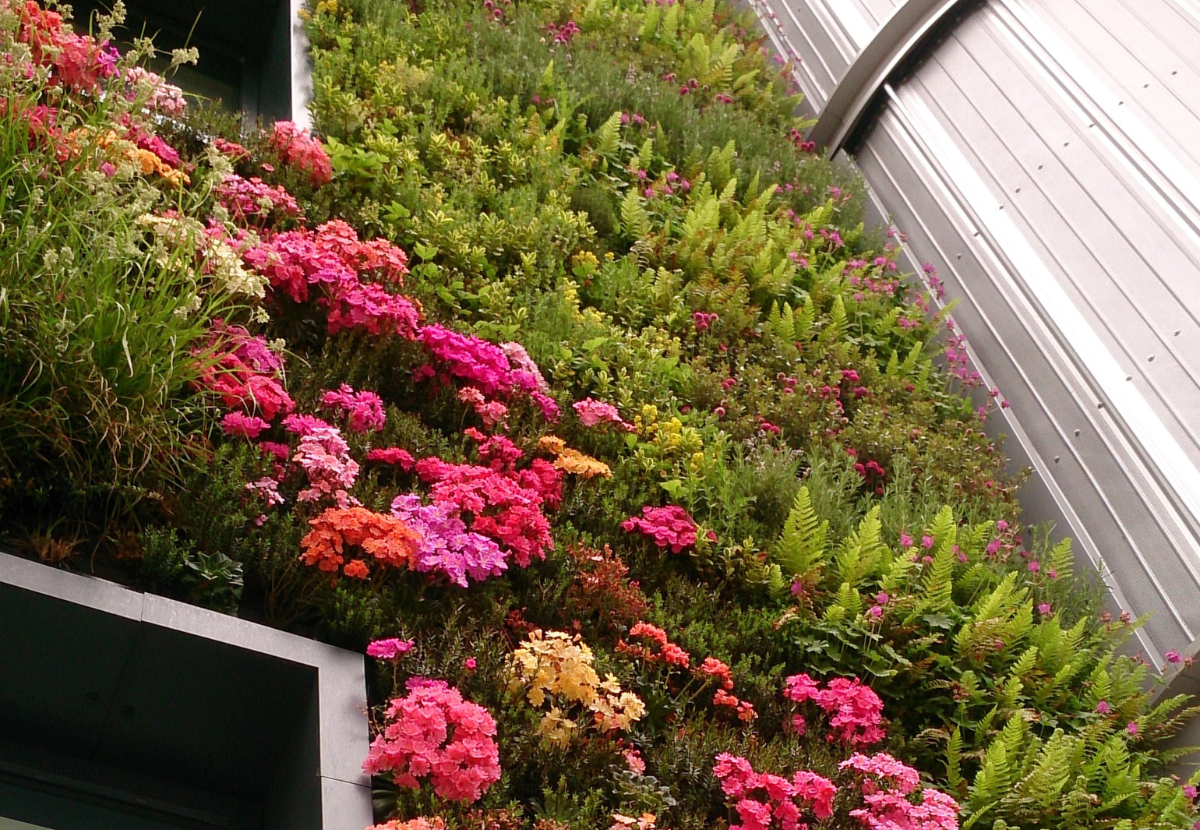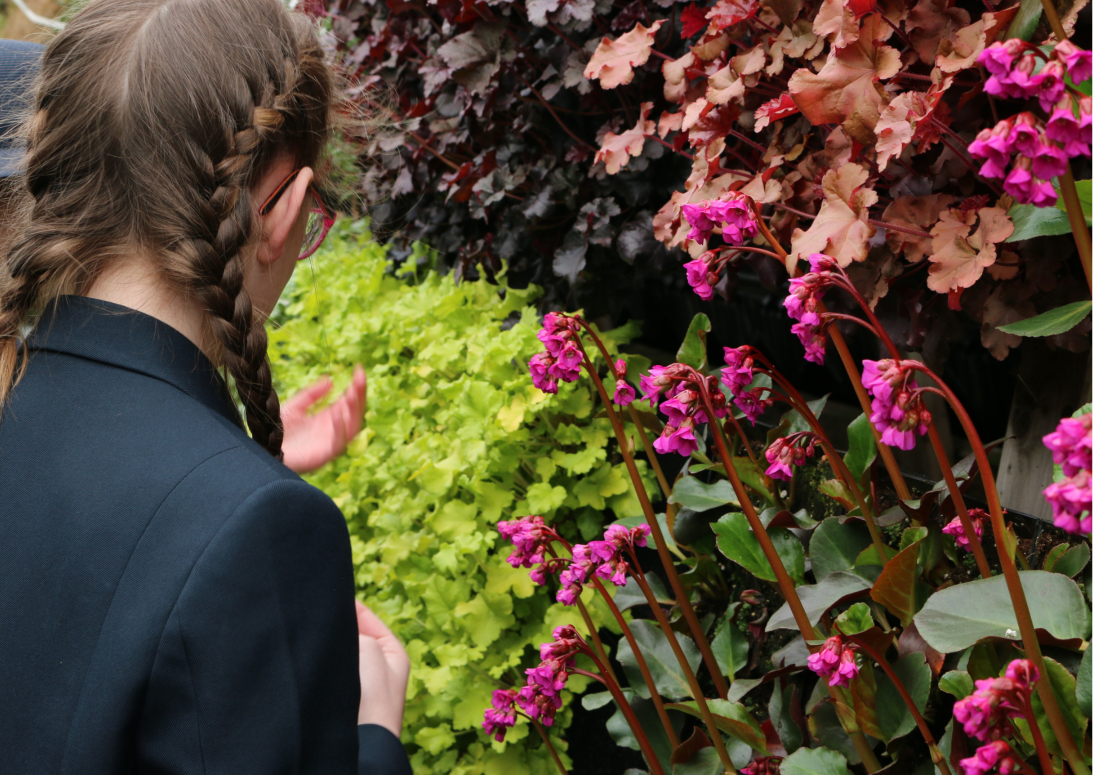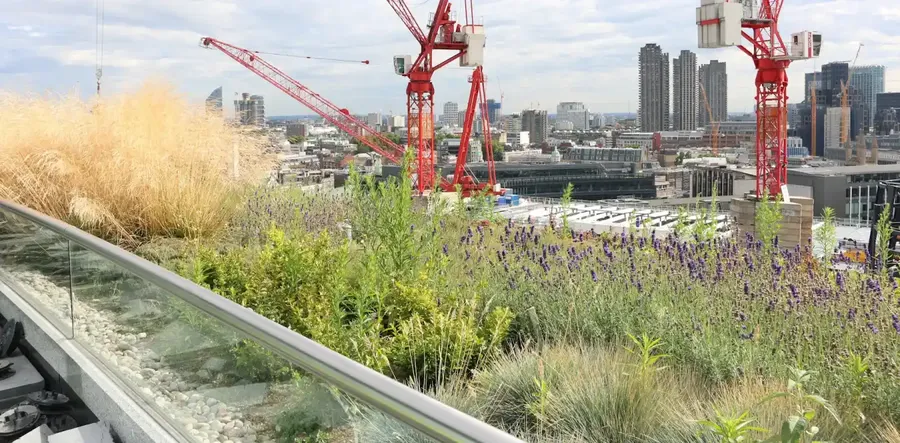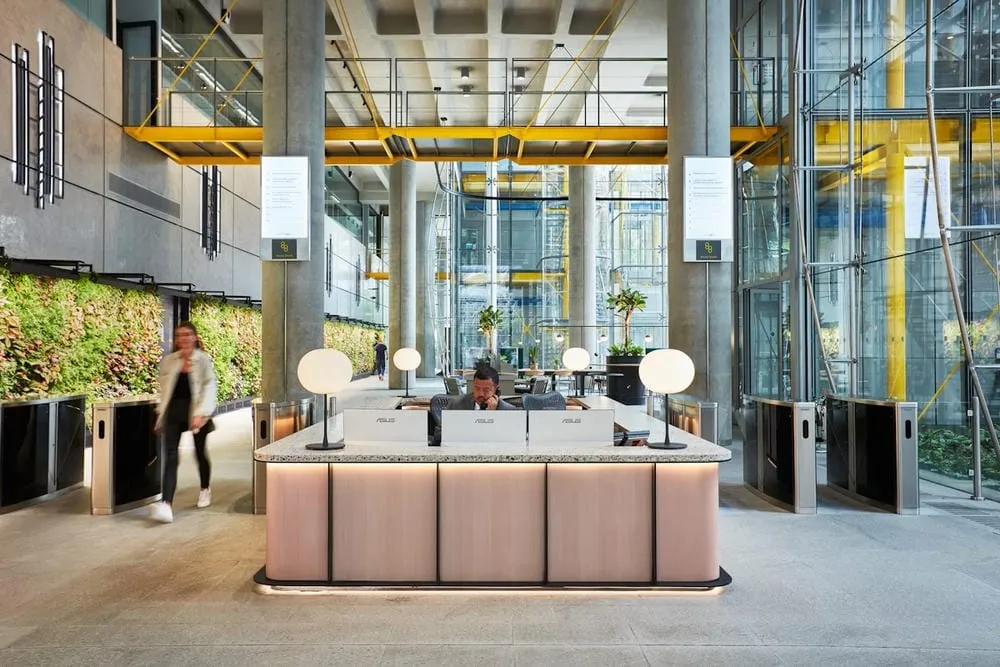How Green Walls Help Meet Biodiversity Net Gain Requirements

Biodiversity Net Gain (BNG) has become a critical focal point in urban planning, emphasising the importance of enhancing and preserving biodiversity in the face of rapid urbanisation.
As cities expand, innovative solutions are needed to mitigate the impact on ecosystems. Green walls, also known as living walls, emerge as a solution to achieving Biodiversity Net Gain requirements.
In this blog post, we will delve into how green walls contribute to biodiversity enhancement and help meet the stringent standards set by BNG.
Ways Green Walls Help Achieve BNG Standards
Living Walls Native Plant Selection
BNG requirements often emphasise the importance of incorporating native plant species into urban landscapes. Green walls provide an excellent platform for cultivating a diverse array of native plants. By carefully selecting plant species that are indigenous to the region, green walls become a microcosm of local ecosystems, attracting, and supporting native wildlife.

Habitats in Urban Spaces
Urbanisation typically leads to habitat fragmentation, making it challenging for many species to thrive. Green walls act as habitats, offering shelter, nesting sites, and foraging opportunities for various insects, birds, and even small mammals. This microcosm of biodiversity within urban areas contributes significantly to achieving BNG goals.
Green Walls Providing Butterfly and Pollinator Support
BNG requirements often stress the importance of supporting pollinators, such as bees and butterflies. Green walls, when designed with the right plant species, provide nectar sources and habitat for these crucial pollinators. This not only aids in the reproduction of plant species but also enhances the overall biodiversity of the area.
Educational and Awareness Opportunities with Living Walls
Integrating green walls into urban spaces offers educational opportunities for residents. Understanding the biodiversity supported by these installations can foster a sense of environmental stewardship. Education and awareness, in turn, play a crucial role in sustaining biodiversity gains over the long term.

Integrated Ecosystem Services with Green Walls
Green walls not only enhance biodiversity but also provide additional ecosystem services. They contribute to:
- air purification
- temperature regulation
- stormwater management
This integrated approach aligns with the holistic goals of Biodiversity Net Gain by addressing multiple aspects of sustainable urban development.
Achieve BNG Requirements with Viritopia Living Walls & Design Consultancy
If you’d like to learn more about how you can successfully achieve the biodiversity net gain requirement, or have questions regarding living walls, take a look at our feasibility and design consultancy. Our aim is to support developers in meeting ecological and regulatory requirements.
Explore more insights
Discover the latest in green infrastructure

Vanguard Logistics Park (Longmore) Featured in RIBA Commercial Directory 2025

Green Roof Advantages & Disadvantages

Design with meaning: How office living walls reflect your brand

